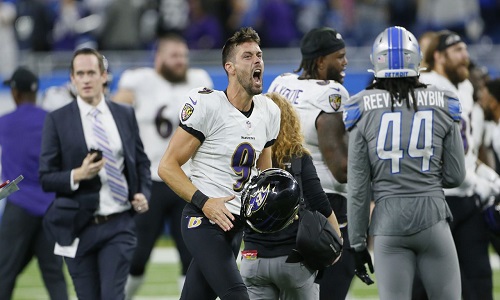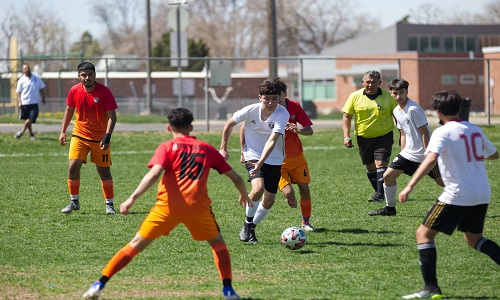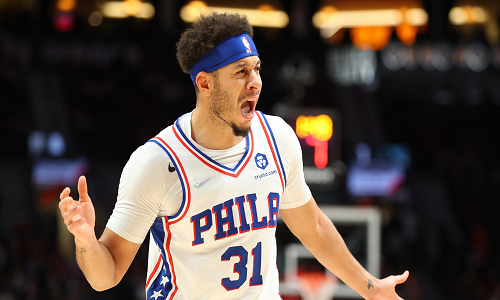We’ll be discussing the different positions in fantasy football, and how many of each position for fantasy football!
The players on your team line up in different spots depending on what type of player they are. For example, quarterbacks typically start at QB but can also play at any other position. That’s why it’s important to know which player plays where before drafting or trading players.
Contents
How Many of Each Position for Fantasy Football?
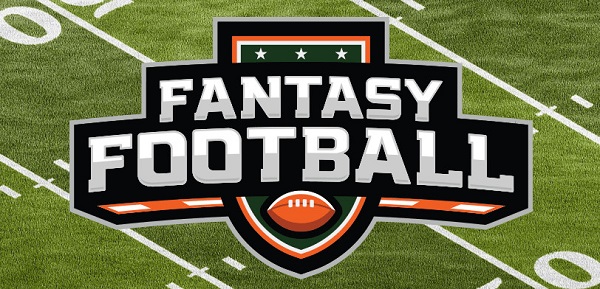
There is no fixed rule on how many players do you draft in fantasy football. It depends on how many owners of the typical fantasy league you are playing. If 80% of fantasy leagues have 12 teams, then you can probably have 12 players for each position. Some leagues have fewer teams, so the strategy is a little more difficult when it comes to making sure that you have enough players at each position.
View more: What is PPR fantasy football?
A quick rule of thumb to follow is if I only enter people in one team, then I will keep it simple and go with 4 Quarterbacks (QBs), 4 Running Backs (RBs), 3 Wide Receivers (WRs), and 1 Tight End (TE).
The above positions are very basic. Beside that, you can have a flex position, a placekicker, a team defense, and a few benching players
The team roster can be changed easily as the season progresses. However, make sure to remember that you can’t make any moves in a trade unless both teams send out their waiver wire/free agent player
For newbie players, I would recommend following the rules of having 6 quarterbacks AND 8 running backs/wide receivers. Don’t just follow the random thoughts of other fantasy owners on your league sites. If you’re faced with making a fool of yourself, at least it won’t cost you much money in salary for benching players.
What Positions Do I Need for Fantasy Football?

Understanding the role of each position is crucial before setting up your team. So what positions do I for fantasy football? Let have a quick look.
Related: Funny fantasy football names
1. Offensive Positions
– Quarterback (QB): The QB gives your team an advantage by having a good passer. The QB will also contribute to the running game via the pass. Although the best passers are not always playmakers, getting a top-quality passer will help and sometimes decide your fantasy match.
– Running Back (RB): The RB is one of the key positions in your team. With a top-quality runner, you can build up an effective running game that allows you to control the ball and move upfield quickly.
Running backs give you more than just the rushing stats. They provide help to the QB in passing, and that way, the position has a greater value. This is because quarterbacks will not always complete long-distance passes if they have 4-5 running backs.
– Wide Receiver (WR): These are the players that will catch passes from your QB. Game after game, you’ll see wide receivers catching passes that lead to touchdowns and other yards gained. The difference between an excellent WR and a weak one is their production rate.
– Tight End (TE): TE is a position that offers a lot of benefits to your team. However, it is also used for blocking and running plays. It’s up to you if you want to spend money on one or not, as the key factor is how much your tight end will contribute to the team’s game.
View more: Politically incorrect fantasy football names
2. Defensive Positions
– Defensive End (DE): Almost all teams have one or two defensive ends in their roster. Without a strong defensive end, your team does not have a good pass rush and will struggle in stopping opponents’ rushes into the backfield.
– Cornerbacks (CB): CBs are the players that play on the defense. They cover the wide receivers so that the QB will have less time to pass. A quality CB will make your opponents very hard to pass against. The key factor is how many tackles your cornerbacks can make, in order for them to be effective in blocking passes and controlling the game time.
– Safety (S): Safeties are a type of defender that plays in deep coverage. They are important positions because they defend against passes from the other team’s QB.
– Linebackers (LB): Linebackers (LBs) are important defensive players in your team. They are defensive players that play behind the defensive line and basically cover all of the gaps in the field. Having a strong linebacker unit will help stop a run offense and also prevent sneak plays and short passes.
– Defensive backs (DBs): are defensive players that play in deep coverage. When they play in the deep zone they can stop any pass or run play by a placekicker. Also, if the team has a DB that specializes in pass-break ups of receiving passes then you will be able to prevent some gains on the ground or field.
– Attendance: Players don’t have to be at 100% but it’s good to see 25-30% of your roster going out for practices and games.
3. Other Positions
– Punter (P): The punter is the kick specialist for a team. They punt the ball to limit the opponent’s offense, usually within 40 yards of their own end zone.
– Kicker (K): The kicker is another important position to have. This player kicks field goals and extra points. They are sometimes relied upon for points in close games.
– Bench: The bench is a group of players that are not in the game. A team can replace its players on the roster, and then put them back into the game later by bringing them off the bench. It’s used when a player gets injured or if you need to make some changes to your roster.
– Long Snapper: Long snapper is a position where a player will snap the ball to the kicker.
These are some basic terms that you should know about before entering your fantasy league. There is so much more to do in fantasy football, but this basic knowledge will help you improve your team for next season.
The importance of being an owner depends on how successful you make your team.
Frequently Asked Questions
1. What Is the Standard Fantasy Football Roster?
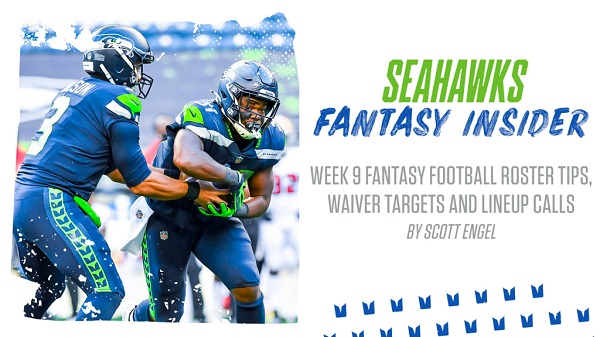
The standard roster is the maximum amount of players a team can have on their roster. This is usually 12 players. You will usually add at least two quarterbacks and some running backs, as outlined above.
2. Should I Use 2 or 3 QBs?
This is a question that people find difficult to answer. Some people say that if you are going to use 2 quarterbacks, then you should get a backup for each one and a third quarterback as a keeper for the future.
3. What Positions Should Be on Your Bench in Fantasy Football?
Look at your starting RBs & WRs, then consider benching the RBs and WRs you have for stats purposes vs. starting a high-upside player (like a RB/WR hybrid) vs. one who is just a disaster (like 2 WR backup).
4. Should I Optimize Fantasy Football?
Yes. If you are thinking that your team is the best in the league, then you should optimize it as much as possible to ensure maximum points and win any possible prize.
5. Can I Choose Which Positions I Need My Players to Play?
No, fantasy football positions are standard for all teams. However, it is possible to swap players around to fit your team requirements (eg: trade a backup QB for a starter), and usually the ones you choose are going to be more important than those chosen by other people.
Conclusion
There is a straight answer to the question of how many of each position for fantasy football. It’s all up to your draft strategy. You need to know the basics of how to manage and run an NFL team, which are explained in this article. You need to start off with a good understanding of the game and then decide on how your squad will perform. You should also have a clear understanding of the draft so that you can get the best out of your squad by maximizing fantasy points from your players.
Knowing what positions you want to pick for your squad is always crucial.

